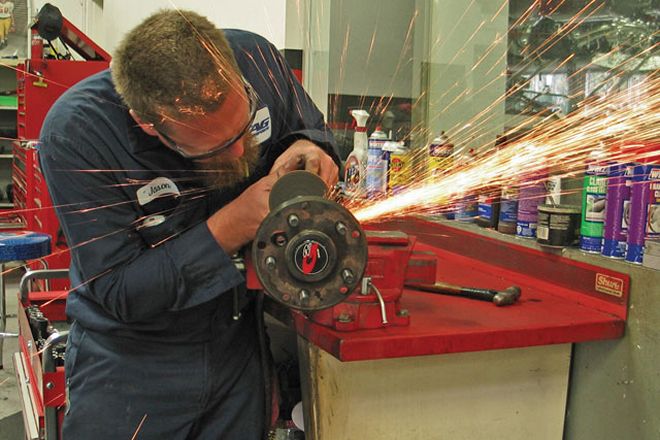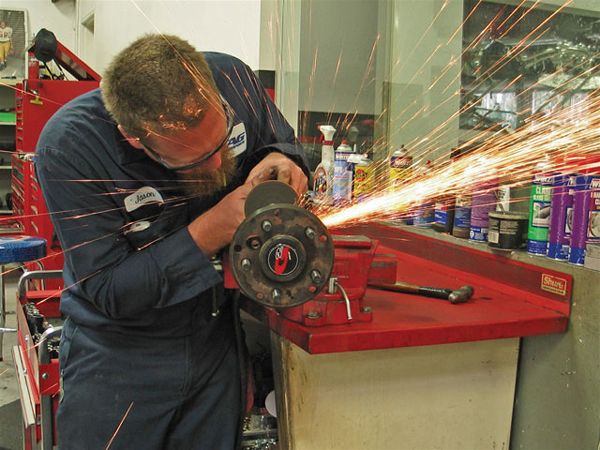
 Christian Hazel
Brand Manager, Four Wheeler
Christian Hazel
Brand Manager, Four Wheeler

They're one of those parts you rarely think about until they go bad. And then you're usually content to just check the diff-oil level every now and then. But neglecting a weeping or leaking axle seal can cause bigger problems. Foremost of which is oil contamination on your brakes. Once your brake pads or shoes become contaminated, they've got to be replaced. And until they're replaced, not only won't the contaminated brakes stop the vehicle effectively, but they can cause a vicious pull to one side when the brakes are applied. It can be enough to send you into oncoming traffic.
So when we noticed the seals on our '97 TJ's Rubicon Dana 44 housings were starting to go, we quickly packed our cameras and headed down to TAG Motorsports in Escondido, California, to have our buddy Jay Miller slap in some new seals. While it's not terribly difficult, it's no 10-minute operation either. The front differential carrier needs to come out to get at the inner seals. And if your Jeep has a Dana 44 rearend, certain early versions of the Dana 35 for Wranglers, or any ZJ or WJ Dana 35, the rear seals are pressed behind the axle bearings. Here's how Miller made sure our oil stayed where it's supposed to.







